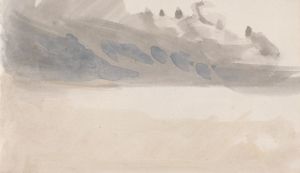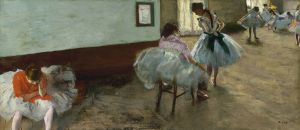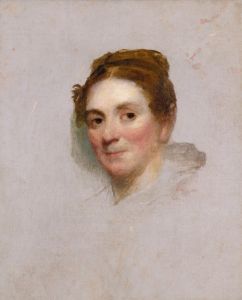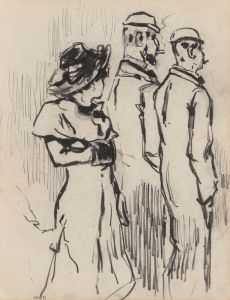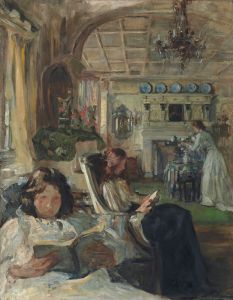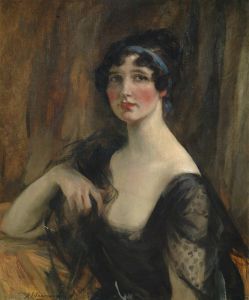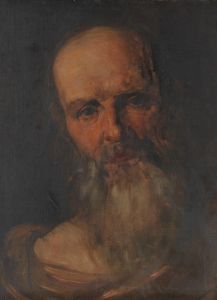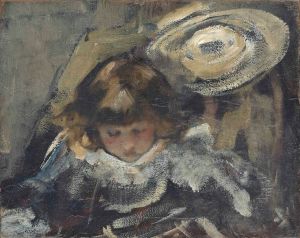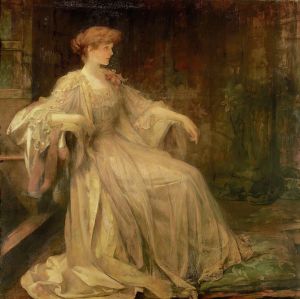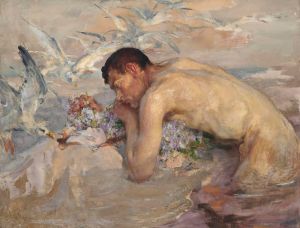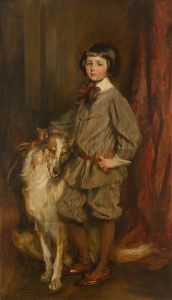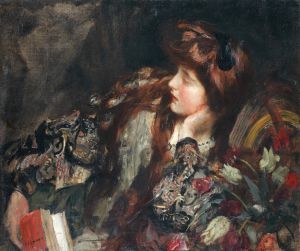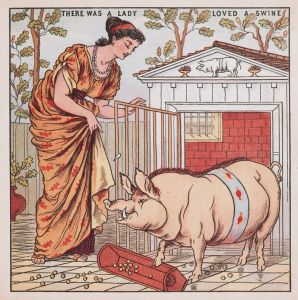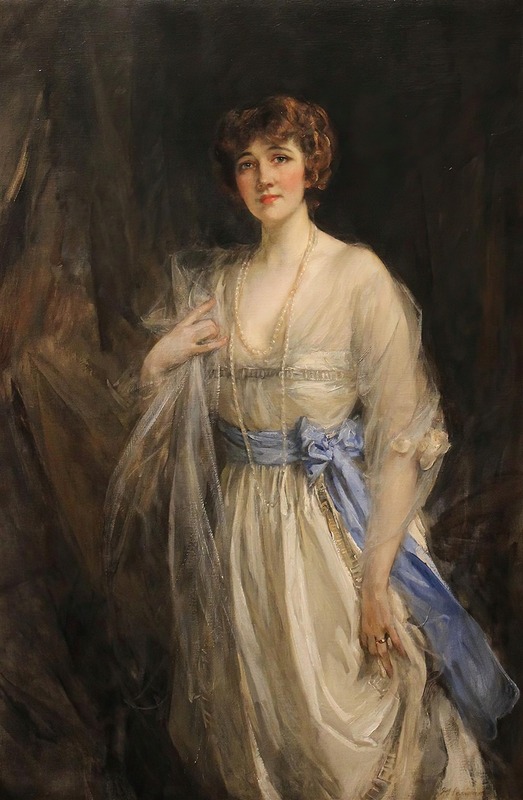
Lady Grace Dance
A hand-painted replica of James Jebusa Shannon’s masterpiece Lady Grace Dance, meticulously crafted by professional artists to capture the true essence of the original. Each piece is created with museum-quality canvas and rare mineral pigments, carefully painted by experienced artists with delicate brushstrokes and rich, layered colors to perfectly recreate the texture of the original artwork. Unlike machine-printed reproductions, this hand-painted version brings the painting to life, infused with the artist’s emotions and skill in every stroke. Whether for personal collection or home decoration, it instantly elevates the artistic atmosphere of any space.
"Lady Grace Dance" by James Jebusa Shannon is a painting created by the Anglo-American artist James Jebusa Shannon (1862–1923), who was renowned for his portraiture and association with the late Victorian and Edwardian art movements. Shannon was a prominent figure in the British art scene during his lifetime, celebrated for his ability to capture the elegance and refinement of his sitters, particularly women and children.
The painting depicts Lady Grace, whose identity is not extensively documented in historical records. The artwork showcases Shannon's characteristic style, which combines a mastery of technique with a sensitivity to the personality and grace of his subjects. His works often reflect the influence of the Aesthetic Movement and the broader trends of late 19th-century British art, emphasizing beauty, harmony, and the decorative qualities of painting.
"Lady Grace Dance" exemplifies Shannon's skill in rendering textures, fabrics, and the subtleties of light and shadow. The composition likely highlights the sitter's poise and elegance, consistent with Shannon's focus on portraying the social status and refinement of his subjects. His portraits often served as a testament to the cultural and artistic values of the time, appealing to the tastes of the upper classes who commissioned such works.
James Jebusa Shannon was born in Auburn, New York, and moved to England as a young man, where he studied at the South Kensington School of Art (now the Royal College of Art). He became a member of the Royal Academy and was knighted in 1922 for his contributions to the arts. His works were widely exhibited during his career, and he was considered one of the leading portrait painters of his era.
Unfortunately, specific details about "Lady Grace Dance," such as its creation date, current location, and the identity of Lady Grace, are not readily available in public records or major art historical references. The painting remains an example of Shannon's broader body of work, which continues to be appreciated for its technical excellence and its reflection of the cultural milieu of late 19th- and early 20th-century Britain.
Further research into archives, exhibition catalogs, or private collections may provide additional information about this particular painting. For now, it stands as a testament to Shannon's artistic legacy and his ability to capture the grace and sophistication of his subjects.





